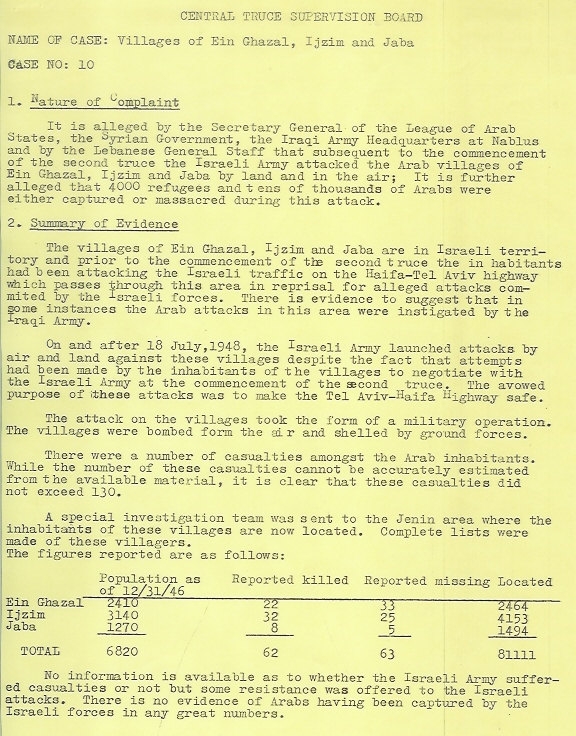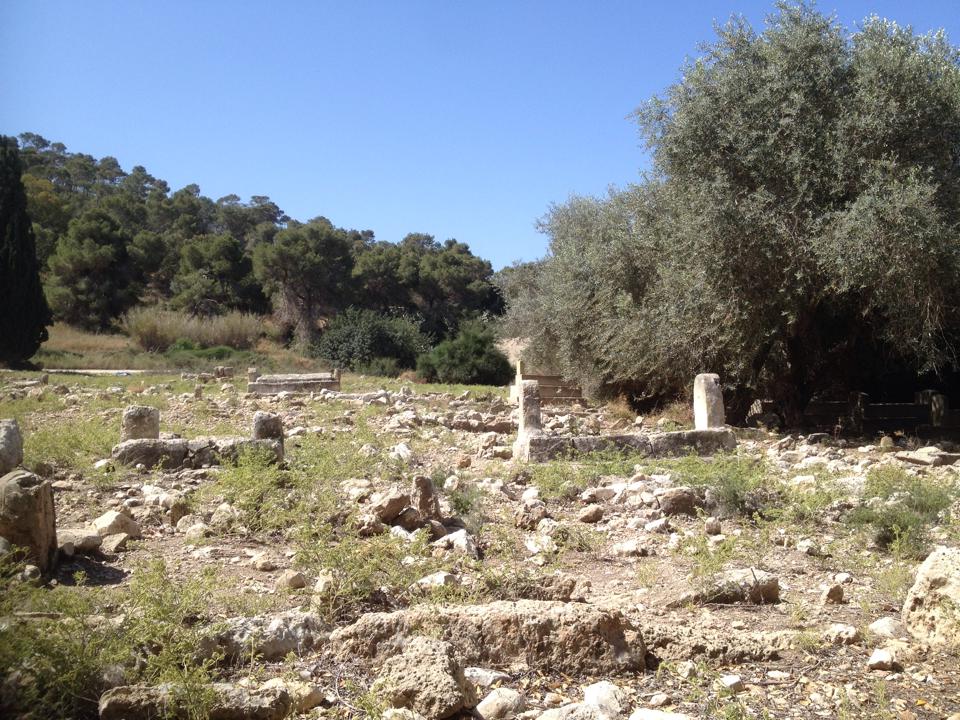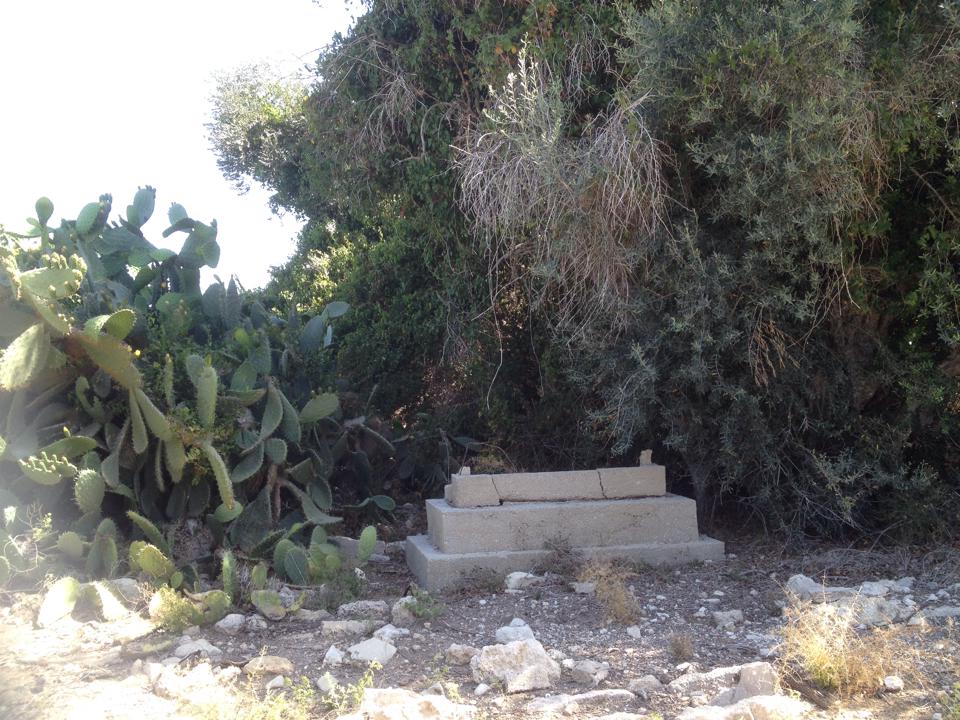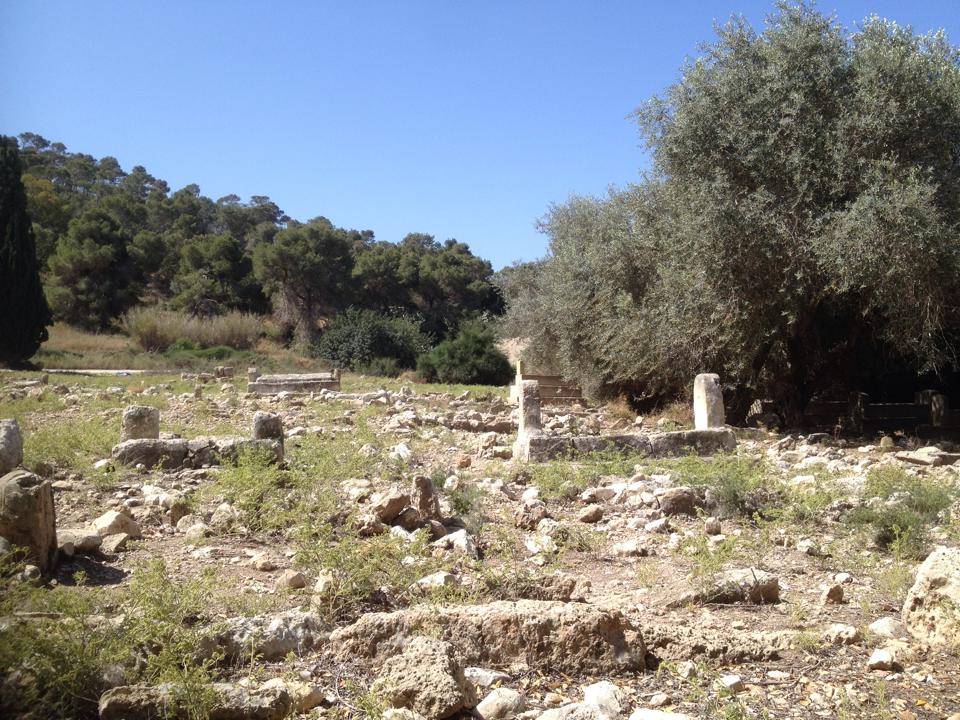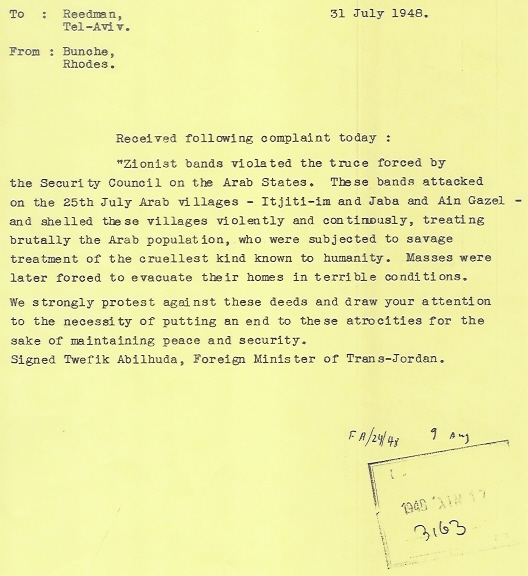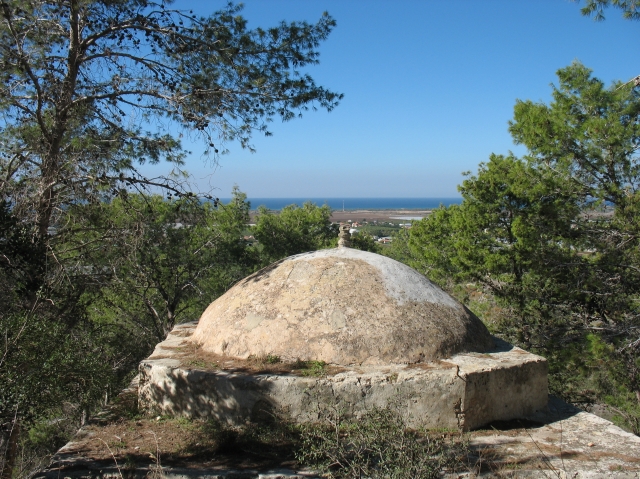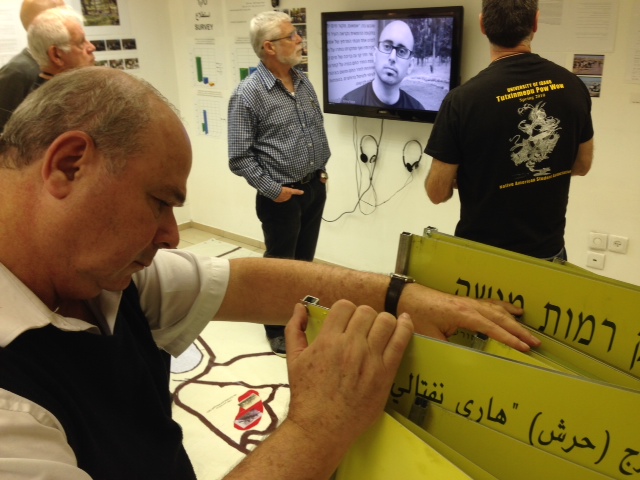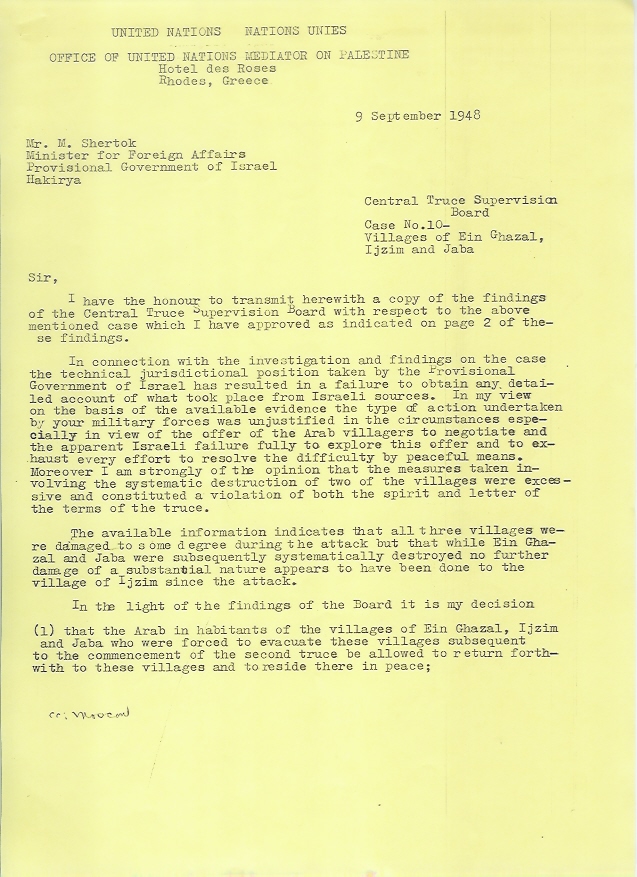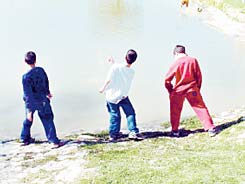Info
District: Haifa
Population 1948: 1320
Occupation date: 26/07/1948
Occupying unit: Golani & Carmeli & Alexandroni
Jewish settlements on village/town land before 1948: None
Jewish settlements on village/town land after 1948: Geva Carmal
Background:
Jaba' Before 1948
The village was located on the western slopes of the southern portion of Mount Carmel, at 18.5 km distance from Haifa. It overlooked the coastal plain around the village of al-Sarafand, and the coastal highway ran about 1 km east of it. In the late nineteenth century, Jaba' contained an olive grove and a well that had a windlass and troughs for watering livestock. Its inhabitants were Muslim, and they built their houses of stone along a north-south axis. In 1885, they established a boys' elementary school. Their economy was based primarily on animal husbandry and agriculture, with grain and vegetables as primary crops. In addition to this, they also grew olive trees and made olive oil using a hand-operated press. Mosaic remains, tombs cut into the rock, and other architectural remnants attest to the antiquity of the village. Less than 2 km to the north was the mouth of Wadi al-Maghara, where caves containing evidence of prehistoric habitation were discovered in 1930.
Occupation, Depopulation, and Israeli Settlements
The earliest reported attack on Jaba' was carried out by a large force of Zionist troops on the afternoon of 26 February 1948. 'Arriving in two armored buses, they opened fire, raided a house and smashed up its interior before moving off again', reported the New York Times. A reconnaissance raid took place the day before, and the Palestinian newspaper Filastin reported that an armored car passing through Jaba' fired at two villagers on 25 February. Four people were wounded in an attack which occurred near Jaba' on 5 March. According to an official British communiqué, a Jewish armored vehicle opened fire on two Arab buses near the village at 8:30 a.m. Although surrounded by hostile activity over the following weeks, Jaba' remained unoccupied for four months, until the second truce of the war. It then fell as a result of one of the most intensive Israeli operations undertaking during this time. In the second half of July 1948, it was part of the largest unoccupied pocket in the heart of Israeli-held territory. According to the History of the War of Independence, on 24 July, a special force of four platoons, drawn from the Golani, Carmeli, and Alexandroni brigades, was put together to attack it.
The three villages forming the pocket - Jaba', Ijzim, and 'Ayn Ghazal - had held out since 15 May 1948, and their defenders had managed to repulse two previous attacks while disrupting Israeli transportation lines on the coastal road south of Haifa. During the third attack, the villages were completely cut off from Arab military support, although they were in touch with Iraqi forces in the Tulkarm area by radio, and even by the use of messengers. After the first Israeli assault on 24 July was repulsed, the next day the army unleashed a massive artillery and aerial bombardment, finally managing to enter the villages on the night of 25-26 July. Morris writes that the residents were either forced to leave, or fled eastwards in the direction of Wadi 'Ara. Some of those fleeing were fired upon by Israeli forces.
The conclusion of a United Nations investigation launched into the circumstances surrounding the occupation of the 'Little Triangle' was that 'with the completion of the attack, all the inhabitants of the three villages were forced to evacuate'. While the Israelis stated that only 4 people were taken prisoners at Jaba', the Arab League Secretary General charged that thousands had been captured and many massacred during the attacks. The UN said that 8,000 were made homeless by the attack, and that they were displaced to the Jinin area. Although they initially failed to find any sign of a massacre, in September UN investigators stated that 130 villagers were either dead or missing, and that the systematic destruction of Jaba' was undertaken soon after its occupation. UN mediator Count Folke Bernadotte said before the Security Council in September: 'I am strongly of the opinion that measures taken involving the destruction of two of the villages [Jaba' and 'Ayn Ghazal] were excessive and constituted a violation of both the spirit and letter of the terms of the truce.' According to the Times, he added that the Provision Government of Israel had told him that it would do everything possible to rehabilitate the Arab residents of the three villages, restoring at its own expense all houses damaged or destroyed. Needless to say that promise was never fulfilled.
The settlement of Geva' Karmel was established in 1949 on village land, 1 km northwest of the village site.
The Village Today
Piles of stone rubble can be seen on the site, with a shrine still standing on an elevated part of it. Pine forests grow on the land in the vicinity, which is fenced in by barbed wire. Around the village are the remains of tombs. Parts of the site is used by Israelis as grazing land.
-------------------------------
Source: al-Khalidi, Walid (ed.). All that remains: the Palestinian villages occupied and depopulated by Israel in 1948. Washington DC: 1992.


